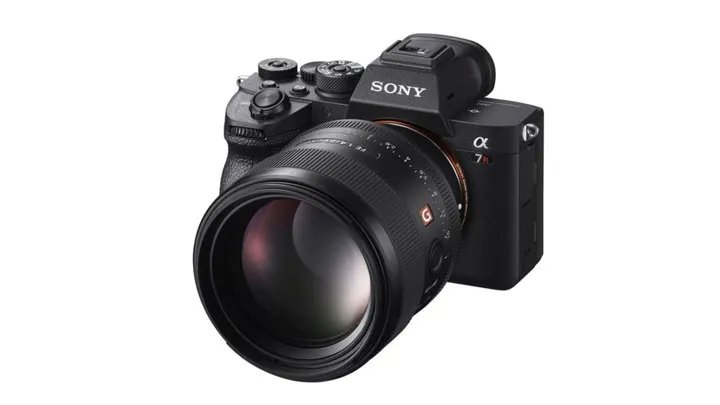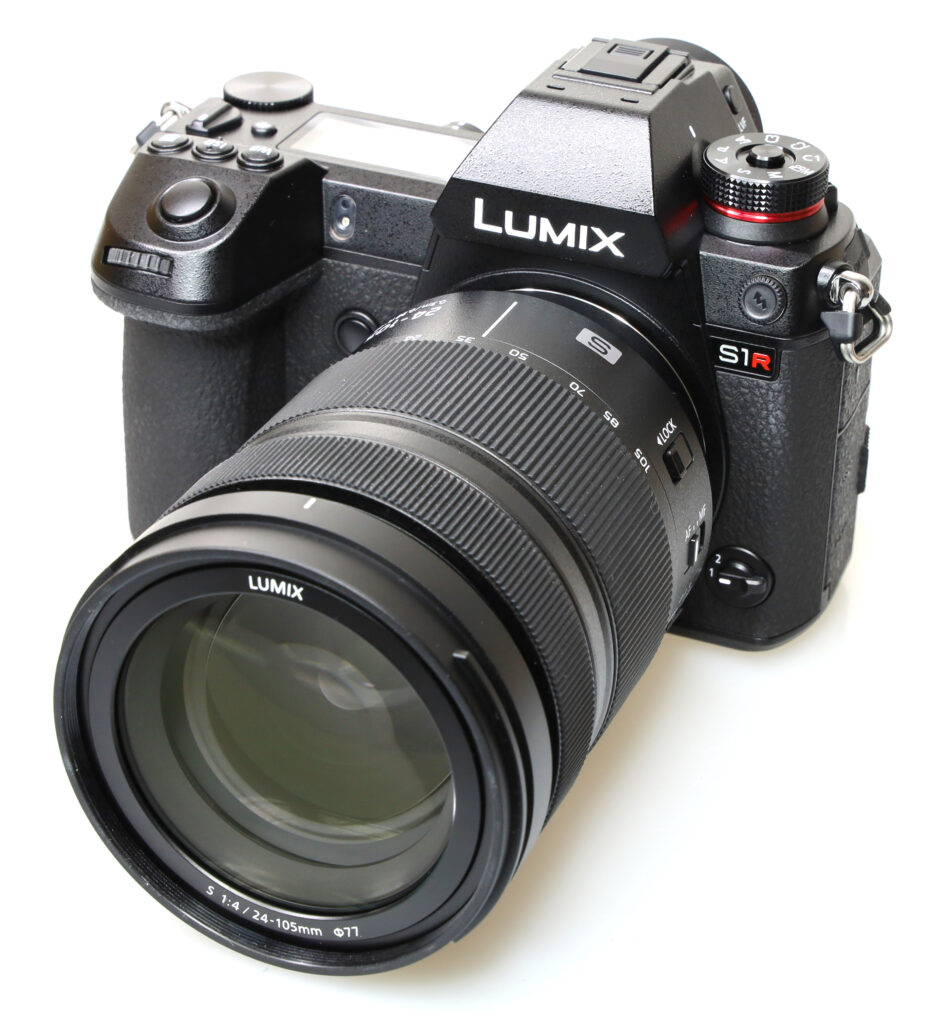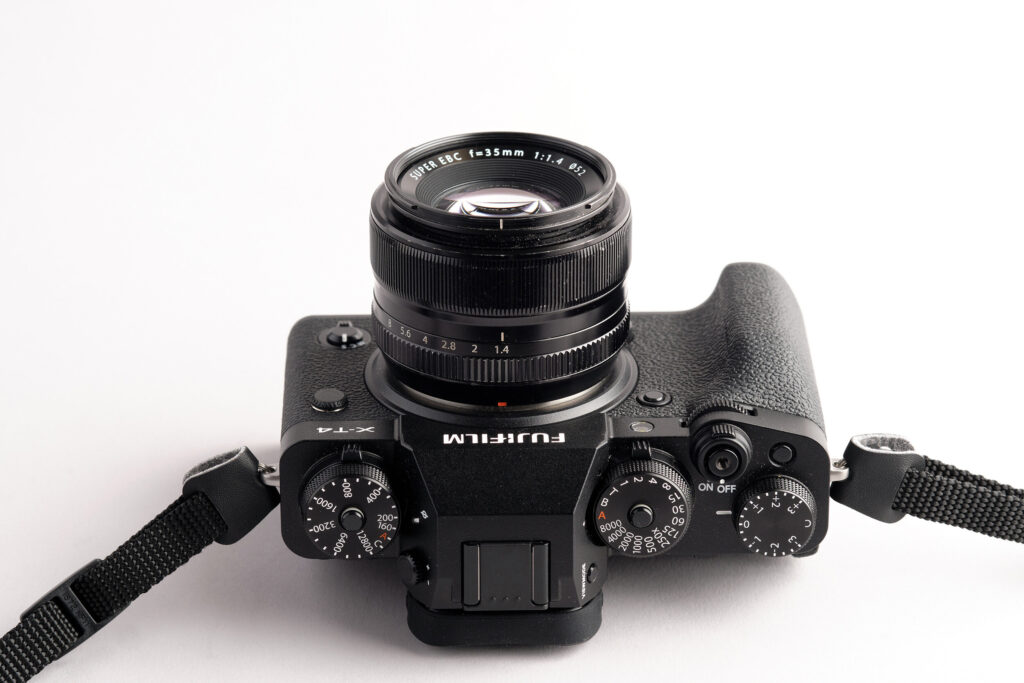Freelance photography is the art of working independently as a photographer who offers photographic services to clients on a per-project basis instead of being associated with a particular company or organization.
As a freelance photographer, you have the liberty to pick and choose your clients and the type of work that you want to undertake. You may choose to specialize in a particular genre of photography, such as portrait, wedding, commercial, or editorial photography. This allows you to pursue your passion and hone your skills in your preferred field of photography.
Freelance Photography in 2023
You can start capturing your dreams. If you’re considering a photography career, freelancing could be the perfect choice for you in 2023. Why? For starters, freelancing offers flexibility that’s hard to come by in a traditional job. You can work when and where you want, taking on as much or as little work as you choose, which is especially valuable if you have other commitments or responsibilities.
Another benefit of freelance photography is creative freedom. You can choose the types of projects you work on, and explore your unique style and vision, which can be incredibly fulfilling. Whether you’re drawn to portraiture, landscapes, or something else entirely, you can explore your passion and find work that resonates with you.
Why Invest in A Premium Camera
Freelance photography is a competitive field, and as a freelancer, you need to stand out from the crowd to attract clients and charge premium prices. Choosing a premium camera can help you achieve this in several ways.
Premium cameras typically have better image quality and performance than entry-level models, which can help you produce stunning photos that set you apart from the competition. They usually have larger sensors, higher resolution, better autofocus systems, faster burst rates, and better low-light performance, which are all important factors for producing high-quality images.
They have more advanced features and customization options that allow you to fine-tune your settings and adapt to different shooting situations. They have a more durable build quality and weather sealing, which is important if you shoot in challenging environments.
They often come with better support and service options, which can be invaluable if you rely on your camera for your livelihood. Manufacturers often provide more extensive warranties, repair services, and technical support for their premium products.
How to Choose the Best Premium Camera
As a freelance photographer, choosing the right camera is essential to capture stunning images and growing your business. Explore each of these five actors in more detail to help you make an informed decision when choosing a camera for your freelance photography work in 2023.
- Image quality: One of the most important factors to consider when choosing a camera as a freelance photographer is image quality. Look for a camera with a high-resolution sensor and good low-light performance to capture stunning images.
- Portability: As a freelance photographer, you’ll likely be traveling to different locations and carrying your equipment with you. Consider the size and weight of the camera, as well as the lens options, to ensure it’s portable and easy to carry around.
- Versatility: Look for a camera that’s versatile enough to handle different types of photography, from portraits to landscapes to action shots. Consider the autofocus system, frame rate, and dynamic range to ensure the camera can handle a variety of shooting situations.
- Connectivity: In today’s digital age, it’s important to have a camera with good connectivity options. Look for cameras that offer built-in Wi-Fi or Bluetooth to transfer images wirelessly, as well as the ability to control the camera remotely using a smartphone or tablet.
- Budget: Finally, consider your budget when choosing a camera. While the latest high-end models may have all the bells and whistles, they can be quite expensive. Look for cameras that offer a good balance of features and price, and consider buying used or refurbished ones to save money.
Top Five Premium Camera Options for Freelance Photographers
1. Canon EOS R5: A Powerful Choice for Freelance Photographers
The Canon EOS R5 is a high-end mirrorless camera that stands out for its impressive image quality, advanced autofocus system, and versatile shooting capabilities. Its 45-megapixel full-frame sensor captures stunningly detailed images with excellent dynamic range, and its in-body image stabilization system allows for sharp handheld shots even in low light.
The EOS R5 features Canon’s latest Dual Pixel CMOS AF II system, which offers fast and accurate autofocus performance across the entire frame. It can track subjects smoothly and effectively, making it well-suited for both stills and videos.

Advantages:
|
Disadvantages:
|
| Best features: Its impressive stills capabilities, the EOS R5 offers 8K video recording at up to 30 frames per second, as well as 4K video at up to 120 frames per second. Its video features are further enhanced by Canon’s excellent Dual Pixel autofocus system and in-body image stabilization. | |
| What Photographers Are Saying: Canon EOS R5 is a highly capable camera that offers outstanding image quality, advanced autofocus, and versatile shooting capabilities, making it an excellent choice for professional photographers and videographers. | |
2. Nikon Z7 II: A Robust Camera Option for Freelance Photographers

The Nikon Z7 II is a full-frame mirrorless camera that has several features that make it stand out from its competitors. Firstly, the camera has a 45.7-megapixel sensor that produces high-resolution images with great detail and clarity. This sensor is backlit, which means it can handle low-light shooting situations better than other cameras in its class.
Secondly, the Z7 II has a fast autofocus system that is capable of tracking subjects accurately and quickly. It uses 493 focus points that cover a wide area of the frame, making it ideal for shooting subjects in motion. Additionally, the camera has Eye-Detection AF, which can detect and track the eyes of human and animal subjects, ensuring they stay in focus throughout the shot.
Another advantage of the Z7 II is its dual memory card slots, which allows photographers to save their images to two different memory cards simultaneously. This feature provides redundancy and ensures that photographers have a backup of their images in case one card fails. The camera supports the use of XQD and CFexpress Type B cards, which are faster and more reliable than other types of memory cards.
| Best features: The Z7 II has dual memory card slots, which allows photographers to save their images to two different memory cards simultaneously. It provides redundancy and ensures that photographers have a backup of their images in case one card fails. The camera supports the use of XQD and CFexpress Type B cards, which are faster and more reliable than other types of memory cards. | |
Advantages:
|
Disadvantages:
|
| What Photographers Are Saying: The Nikon Z7 II is an excellent camera that is ideal for professional photographers who require high-resolution images, fast autofocus, and reliable performance. Its advanced features and connectivity options make it a versatile and powerful tool for capturing stunning images in any shooting situation. | |
3. Sony Alpha a7R IV: A Compact and Lightweight Camera for Freelance Photographers

The Sony Alpha a7R IV is a full-frame mirrorless camera that has earned a reputation as one of the most advanced cameras on the market. The a7R IV has a 61-megapixel full-frame sensor, which is one of the highest-resolution sensors on the market. This high resolution allows for greater detail and clarity in images, making it ideal for photographers who specialize in landscape, portrait, or architectural photography.
The a7R IV has an impressive autofocus system with 567 phase-detection autofocus points and real-time eye autofocus for both humans and animals. It has high-speed continuous shooting capabilities that can shoot up to 10 frames per second with full autofocus and exposure tracking. It is ideal for sports and wildlife photography. Additionally, the camera has a large buffer, which means it can take up to 68 compressed RAW or JPEG images in a single burst.
| Best features: The camera has a built-in 5-axis image stabilization system, which allows for handheld shooting at slower shutter speeds without the risk of camera shake. It has 4K video capabilities with full pixel readout and no pixel binning, making it ideal for videographers. Other features include a tilting touchscreen LCD, a high-resolution OLED viewfinder, and a weather-sealed body. | |
Advantages:
|
Disadvantages:
|
| What Photographers Are Saying: The a7R IV has a variety of features that make it a versatile camera. This camera offers a 61-megapixel sensor, 4K video capabilities, and a fast autofocus system. Its body is compact and lightweight, making it easy to take on the go. | |
4. Panasonic Lumix S1R: A Versatile Camera for Freelance Photographers on the Go

The Panasonic Lumix S1R is an ideal camera for freelance photographers due to its outstanding image quality, versatility, and durability. With a 47.3-megapixel full-frame sensor, the camera produces images with exceptional detail, clarity, and color accuracy, making it an excellent choice for a variety of photography genres, including landscapes, portraits, and commercial work. Its advanced autofocus system and 9fps continuous shooting speed make it suitable for capturing action shots.
The camera’s versatility is another reason why it’s an excellent option for freelance photographers.
Durability is a significant advantage of the Lumix S1R. The camera is designed to withstand heavy use and abuse, with a rugged build quality that can endure rough handling and extreme temperatures. It has a high-capacity battery and fast charging capability making it ideal for extended shooting sessions, ensuring that freelance photographers can capture their shots without worrying about running out of battery.
| Best features: Its weather-sealed magnesium alloy body, dual memory card slots, and wide range of compatible lenses make it suitable for shooting in various weather conditions and challenging shooting environments. Additionally, it offers a variety of video recording options, including 4K and full HD video recording, making it an excellent choice for videography as well. | |
Advantages:
|
Disadvantages:
|
| What Photographers Are Saying: Overall, the Panasonic Lumix S1R is an excellent camera for freelance photographers looking for exceptional image quality, versatility, and durability in a single package. While it may be relatively expensive compared to other cameras on the market, its range of features and capabilities make it a worthwhile investment for serious photographers who demand the best. | |
5. Fujifilm X-T4: A Stylish and Durable Choice for Freelance Photographers

With its impressive features and capabilities, the Fujifilm X-T4 is a great option for freelance photographers. Its 26.1-megapixel X-Trans CMOS 4 sensor captures images with excellent detail and color reproduction, while the advanced autofocus technology tracks subjects with speed and accuracy, making it perfect for capturing fast-moving action shots.
Additionally, the camera’s compact and lightweight design makes it easy to carry around to different locations. Its weather sealing ensures durability, allowing it to withstand challenging shooting conditions. Furthermore, the X-T4 boasts a versatile image stabilization system, with a 5-axis in-body image stabilization (IBIS) system that compensates for camera shake, enabling handheld shooting at slower shutter speeds. This feature is particularly useful for low-light photography and when shooting video.
| Best features: The Fujifilm X-T4 offers impressive video capabilities, including 4K video recording at 60 frames per second and 1080p slow-motion recording at 240 frames per second. The vari-angle touchscreen allows for flexible framing and easy control of settings when shooting video. | |
Advantages:
|
Disadvantages:
|
| What Photographers Are Saying: In summary, the Fujifilm X-T4 is a versatile and high-quality camera that is ideal for freelance photographers who need a camera that can handle a variety of shooting situations, from action photography to video production. Its compact and lightweight design, along with its image stabilization system and advanced autofocus technology, makes it an excellent choice for photographers who need to move quickly and shoot in challenging conditions. | |
Here Is Your Next Step
Choosing the right camera is crucial for freelance photographers who want to deliver high-quality work and stand out in a competitive industry. While budget is a consideration, investing in a premium camera can offer significant advantages in terms of image quality, versatility, and features.
Ultimately, the choice of camera depends on the individual needs and preferences of the freelance photographer, but investing in a premium camera can be a wise decision for those who are serious about their craft. Investing in a good portfolio is quite a game-changer, too. Here is a comprehensive guide on how to build a top-notch portfolio.
Frequently Asked Questions About Freelancer’s Camera
What are the features to look for in a good camera?
Some of the important features to consider while buying a camera are image sensor size, resolution, lens quality, aperture, ISO range, autofocus, image stabilization, shooting modes, video capabilities, and connectivity options.
Should I buy a DSLR or mirrorless camera?
Both DSLR and mirrorless cameras have their own advantages and disadvantages. DSLRs offer an optical viewfinder, fast autofocus, and longer battery life, while mirrorless cameras are compact, offer high-speed continuous shooting, and provide a real-time preview of the image on the electronic viewfinder. Depending on your needs and preferences, you can choose the one that suits you best.
What is the difference between full-frame and crop sensor cameras?
Full-frame cameras have a larger image sensor than crop sensor cameras, which allows them to capture more light, produce better image quality, and provide better low-light performance. Crop sensor cameras, on the other hand, have a smaller sensor, which results in a narrower field of view and smaller images. They are generally more affordable than full-frame cameras and offer a greater reach with telephoto lenses.
How important is the lens in a camera?
The lens is one of the most important components of a camera as it determines the quality of the image. A good lens can capture more light, provide better sharpness, produce less distortion, and offer greater creative control. It’s important to invest in high-quality lenses that match your photography style and needs.
What is the best camera for beginners?
There are many good cameras available for beginners, including entry-level DSLRs, mirrorless cameras, and point-and-shoot cameras. Some popular options include the Canon EOS Rebel T8i, Nikon D5600, Sony a6100, Fujifilm X-T200, and Olympus OM-D E-M10 Mark III. It’s important to choose a camera that is easy to use and offers good image quality for the price.
